 The New Horizons space probe has sent us a postcard from Pluto, and it’s a valentine! Exactly 50 years after Mariner 4 became the first spacecraft to capture close-up images of another planet (Mars), New Horizons has become the first spacecraft to send back high-resolution images of Pluto, finally completing NASA’s initial reconnaissance of every planet in our solar system. A view of the planet captured just before New Horizon’s closest approach to Pluto is dominated by a large, bright feature informally named “the heart,” which measures approximately 1,000 miles (1,600 kilometers) across—about the distance from Denver to Chicago, in America’s own heartland.
The New Horizons space probe has sent us a postcard from Pluto, and it’s a valentine! Exactly 50 years after Mariner 4 became the first spacecraft to capture close-up images of another planet (Mars), New Horizons has become the first spacecraft to send back high-resolution images of Pluto, finally completing NASA’s initial reconnaissance of every planet in our solar system. A view of the planet captured just before New Horizon’s closest approach to Pluto is dominated by a large, bright feature informally named “the heart,” which measures approximately 1,000 miles (1,600 kilometers) across—about the distance from Denver to Chicago, in America’s own heartland.
Beginning its journey over nine years ago, on January 19, 2006, New Horizons swung by Jupiter for a gravity boost in 2007, then eventually made its historic flyby of Pluto—over 3 billion miles from Earth—on July 14, 2015. After continuing to explore the icy dwarf planet and its five known moons (Charon, Styx, Nix, Kerberos, and Hydra), the probe will plunge even deeper into the cold, mysterious Kuiper Belt, searching for clues to the origins of our solar system.
You can follow the journey of New Horizons on Twitter and obtain up-to-the-minute reports on the New Horizons Facebook page. Subscribe to the New Horizons YouTube channel to view several educational videos.
Learn more about the New Horizons mission on the NASA Web site. Resources include background information, factsheets, news reports, images, and videos. Their Pluto Toolkit includes a plethora of resources to help educators, students, and other interested persons make the most of this historic event.

Close-up images of a region near Pluto’s equator reveal a giant surprise: a range of youthful mountains.
Article by Bobby Griffith.
Photo of Pluto and close-up of icy mountains of Pluto from New Horizons image gallery on NASA Web site.


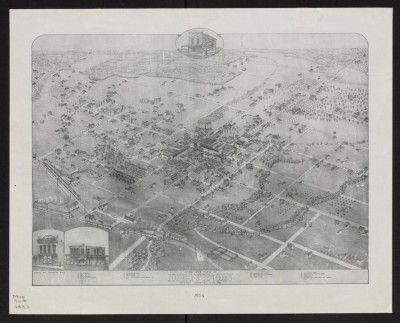
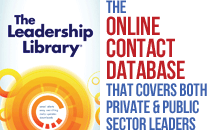

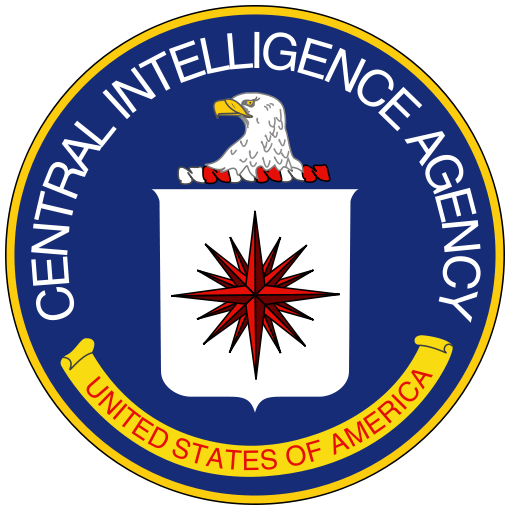 The Senate Select Committee on Intelligence has released the “Foreword,” “Findings and Conclusions” and “Executive Summary”—a total of over 500 pages—from its
The Senate Select Committee on Intelligence has released the “Foreword,” “Findings and Conclusions” and “Executive Summary”—a total of over 500 pages—from its  Presidential Proclamation
Presidential Proclamation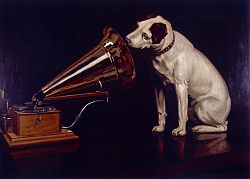 On May 10, 2011 they officially launched the
On May 10, 2011 they officially launched the 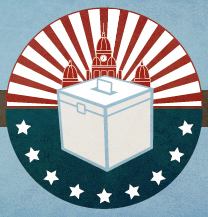 The official election day is November 4 this year, but UNT students, faculty, and staff who live in Denton County will have an opportunity to beat the crowds and vote early in the November 4, 2014 General Election without even leaving the Denton campus. Other voters from the community who are registered in Denton County will also be allowed to vote early on the UNT Denton campus.
The official election day is November 4 this year, but UNT students, faculty, and staff who live in Denton County will have an opportunity to beat the crowds and vote early in the November 4, 2014 General Election without even leaving the Denton campus. Other voters from the community who are registered in Denton County will also be allowed to vote early on the UNT Denton campus.
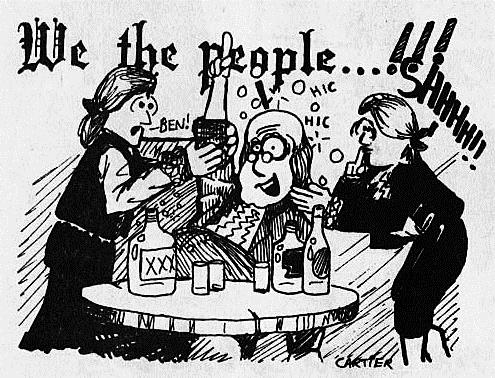 The delegates had a complex, delicate task ahead, and precautions were taken to insure secrecy so that everyone would be able to speak his mind honestly and change his mind freely as discussions progressed. Heavy curtains were drawn, and windows were nailed shut. The notoriously bibulous and garrulous Benjamin Franklin was accompanied during public excursions by chaperones charged with making sure he wouldn’t inadvertently reveal too much. James Madison took extensive
The delegates had a complex, delicate task ahead, and precautions were taken to insure secrecy so that everyone would be able to speak his mind honestly and change his mind freely as discussions progressed. Heavy curtains were drawn, and windows were nailed shut. The notoriously bibulous and garrulous Benjamin Franklin was accompanied during public excursions by chaperones charged with making sure he wouldn’t inadvertently reveal too much. James Madison took extensive 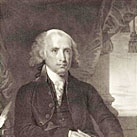 On September 17, 1787 the final draft of the
On September 17, 1787 the final draft of the  In commemoration of these momentous events, Congress has designated September 17 as
In commemoration of these momentous events, Congress has designated September 17 as  Pocket-size editions of the
Pocket-size editions of the 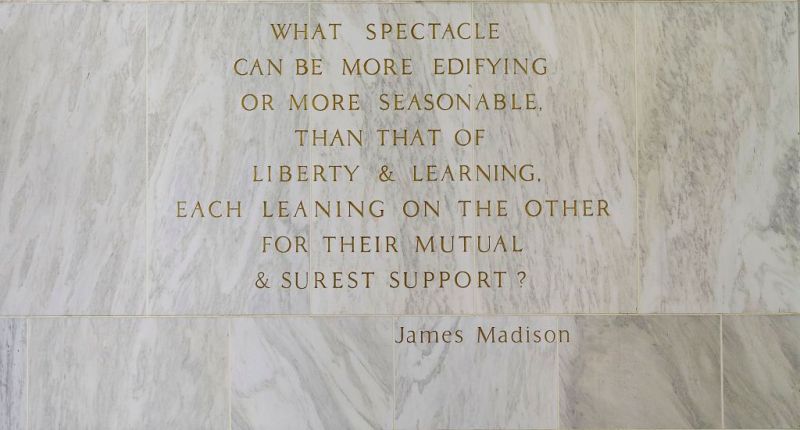
 Two hundred years ago, while the American lawyer and Sunday poet Francis Scott Key was negotiating the release of certain prisoners from the British during the War of 1812, circumstances compelled him to remain on board a British ship and watch helplessly as Fort McHenry was bombarded during the Battle of Baltimore on the night of September 13 through 14, 1814. Heartened by the sight of the American flag still waving the following morning, Key was inspired to write his most famous lyric, “
Two hundred years ago, while the American lawyer and Sunday poet Francis Scott Key was negotiating the release of certain prisoners from the British during the War of 1812, circumstances compelled him to remain on board a British ship and watch helplessly as Fort McHenry was bombarded during the Battle of Baltimore on the night of September 13 through 14, 1814. Heartened by the sight of the American flag still waving the following morning, Key was inspired to write his most famous lyric, “

